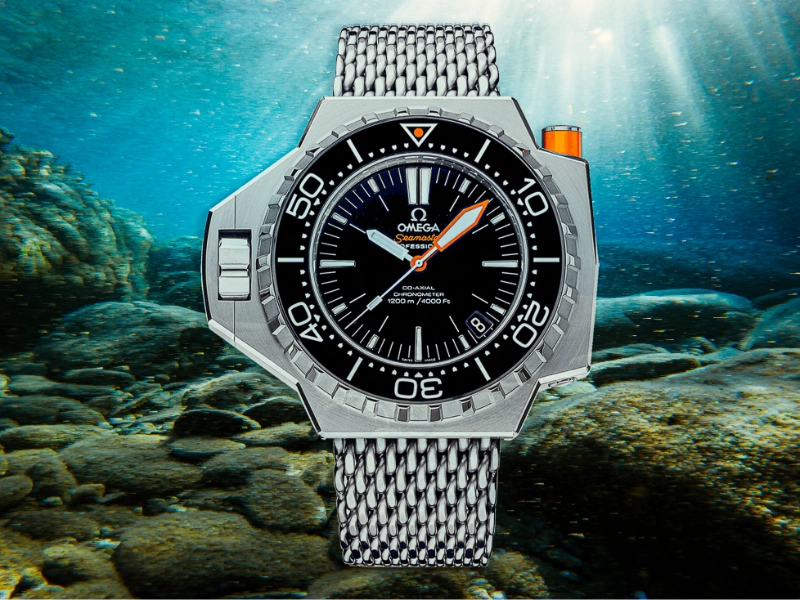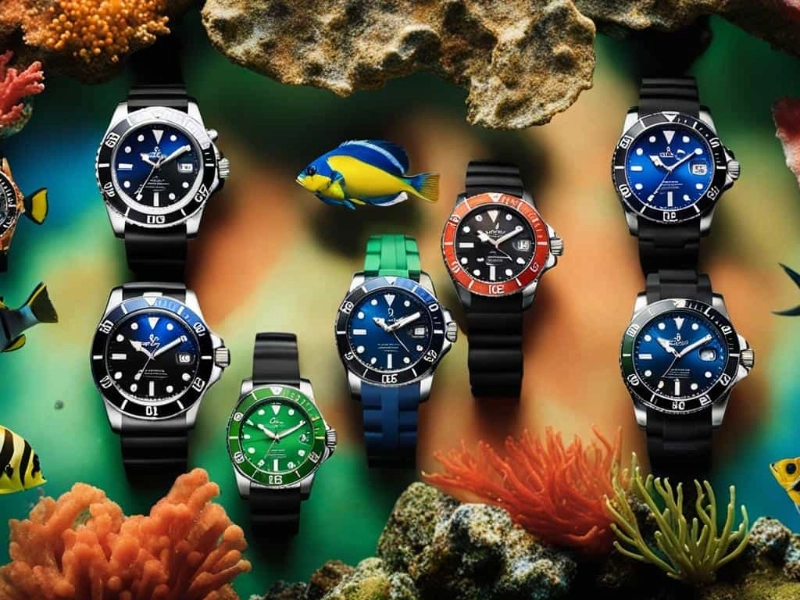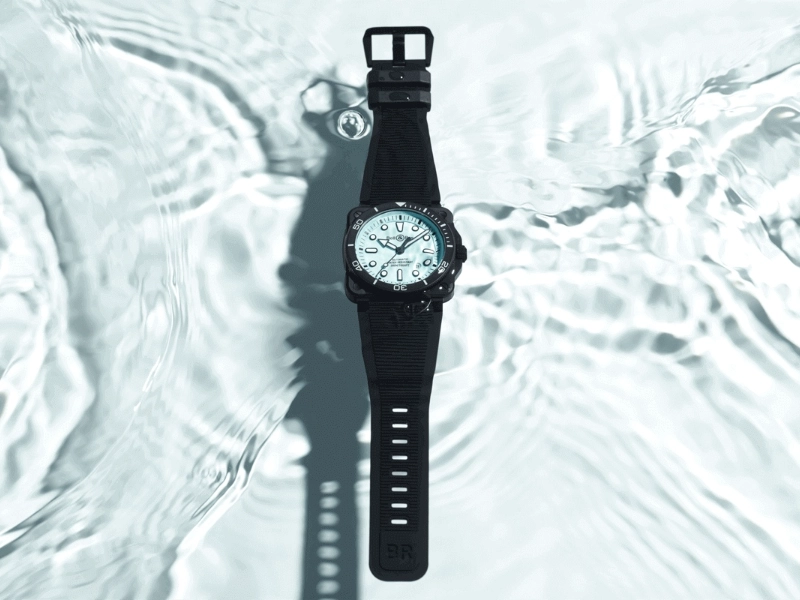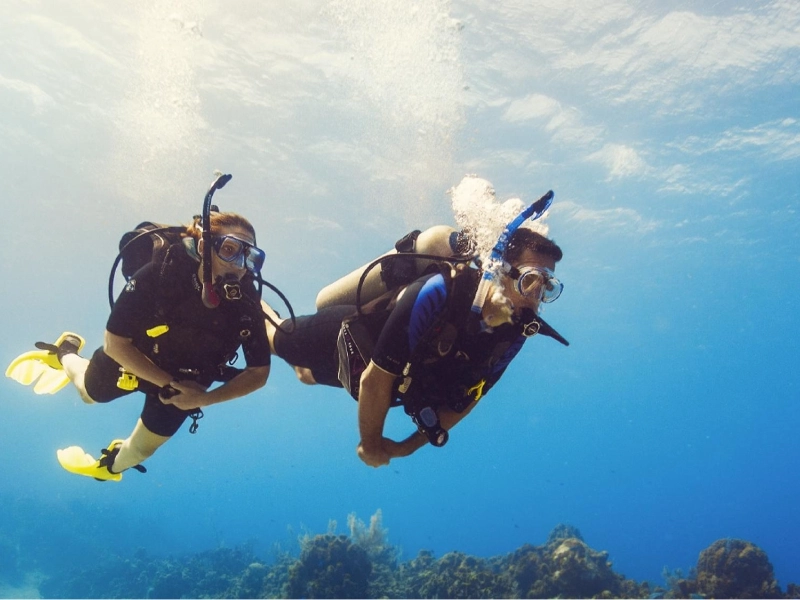Whether you are just entering the world of dive watches or you are a seasoned collector, there are several key factors to consider when picking your next timepiece. These considerations span from practical functionality to purely aesthetic qualities. A clear and easily readable bezel is essential. Seek out a unidirectional rotating bezel to avoid accidental adjustments that could lead to overestimating elapsed time and potentially exceeding your no-decompression limit.


Unlike other types of watches, dive watches are specifically engineered for demanding water activities. They must withstand high pressure and deep dives while providing accurate timekeeping and essential features. In addition to timekeeping, most dive watches include a rotating bezel to track elapsed dive time. This feature is vital for preventing divers from misjudging their dive durations, which can lead to oxygen deprivation and serious consequences. Another essential aspect of a dive watch is its legibility underwater, especially when divers are wearing gloves or wetsuits. This often results in luminous markings on the dial and bezel. Furthermore, the watch must be resistant to magnetic interference, typically achieved through cases made from non-magnetic materials and gaskets designed to endure pressure changes.
 High-quality dive watches adhere to standards such as ISO 6425, which outlines strict requirements for water resistance, legibility, and durability. Manufacturers may conduct real-world tests, submerging watches to specific depths to ensure reliability.
In basic testing, a watch is placed in a chamber filled with water, and pressure is gradually increased to the rated depth while maintaining a safe margin. The watch must remain operational for a specified duration to pass the test.
More advanced testing involves simulating dynamic pressure changes to replicate actual underwater conditions. Additionally, dive watches must resist the corrosive effects of seawater, which is why they are often made from metal alloys with high Pitting Resistance Equivalent factors. Legibility is also a priority, leading many diving watches to feature high-contrast dials and easily readable markers. Some models utilize tritium for consistent visibility in complete darkness.
High-quality dive watches adhere to standards such as ISO 6425, which outlines strict requirements for water resistance, legibility, and durability. Manufacturers may conduct real-world tests, submerging watches to specific depths to ensure reliability.
In basic testing, a watch is placed in a chamber filled with water, and pressure is gradually increased to the rated depth while maintaining a safe margin. The watch must remain operational for a specified duration to pass the test.
More advanced testing involves simulating dynamic pressure changes to replicate actual underwater conditions. Additionally, dive watches must resist the corrosive effects of seawater, which is why they are often made from metal alloys with high Pitting Resistance Equivalent factors. Legibility is also a priority, leading many diving watches to feature high-contrast dials and easily readable markers. Some models utilize tritium for consistent visibility in complete darkness.
 To qualify as a dive watch, models must undergo rigorous testing. They must withstand the corrosive effects of seawater and be constructed from suitable metals, such as 316L or, in Rolex's case, 904L stainless steel. The cases are often immersed in sodium chloride solutions for 24 hours to check for pitting and oxidation.
ISO tests also ensure that dive watches are easily readable underwater, featuring clear, distinguishable minute markings and luminous hands. This feature is vital for the safety of divers who rely on their watches to track elapsed time, especially when they are deep underwater. As divers descend, visibility decreases, and the lack of natural light makes it difficult to read the dial of a standard watch. This is why diving watches often incorporate a unidirectional rotating bezel, allowing divers to set their time accurately and avoid decompression sickness during ascent.
To qualify as a dive watch, models must undergo rigorous testing. They must withstand the corrosive effects of seawater and be constructed from suitable metals, such as 316L or, in Rolex's case, 904L stainless steel. The cases are often immersed in sodium chloride solutions for 24 hours to check for pitting and oxidation.
ISO tests also ensure that dive watches are easily readable underwater, featuring clear, distinguishable minute markings and luminous hands. This feature is vital for the safety of divers who rely on their watches to track elapsed time, especially when they are deep underwater. As divers descend, visibility decreases, and the lack of natural light makes it difficult to read the dial of a standard watch. This is why diving watches often incorporate a unidirectional rotating bezel, allowing divers to set their time accurately and avoid decompression sickness during ascent.